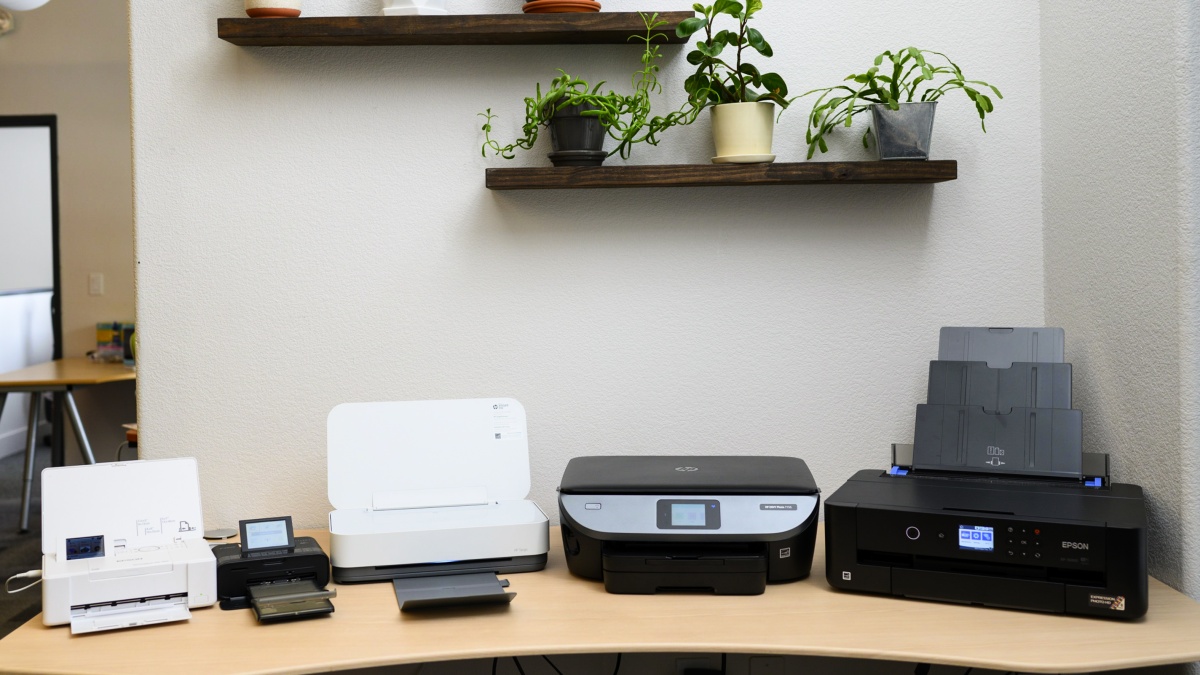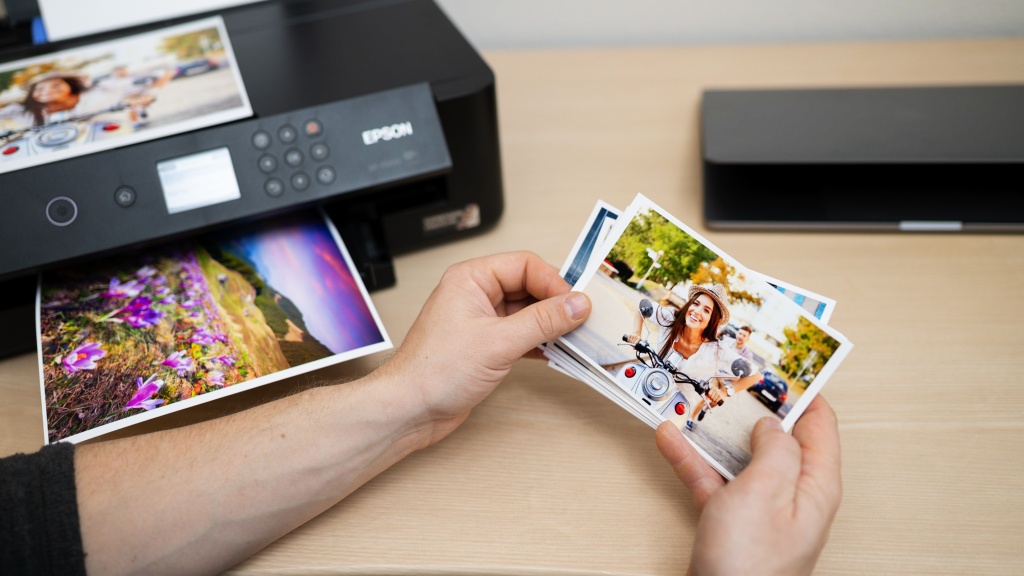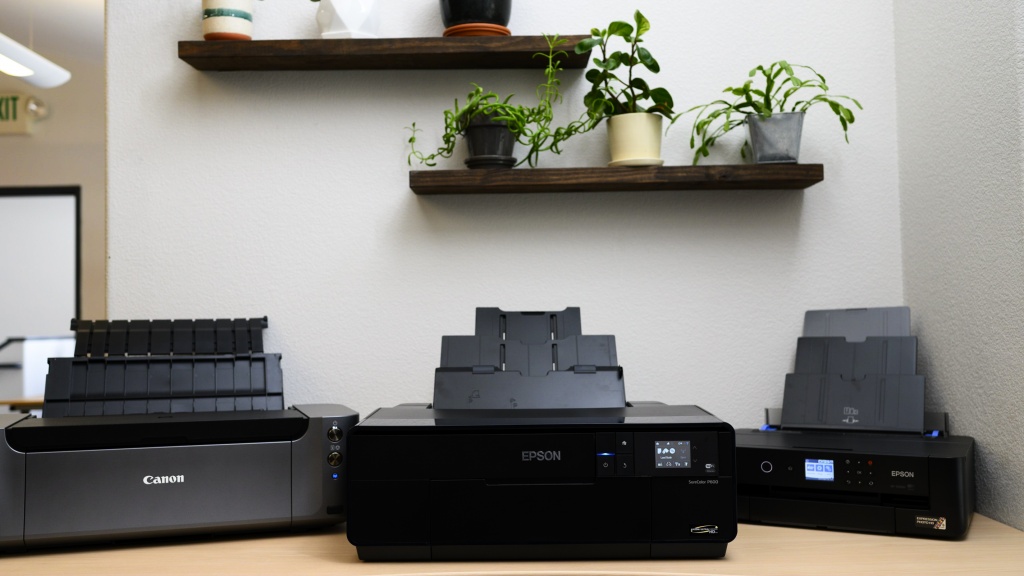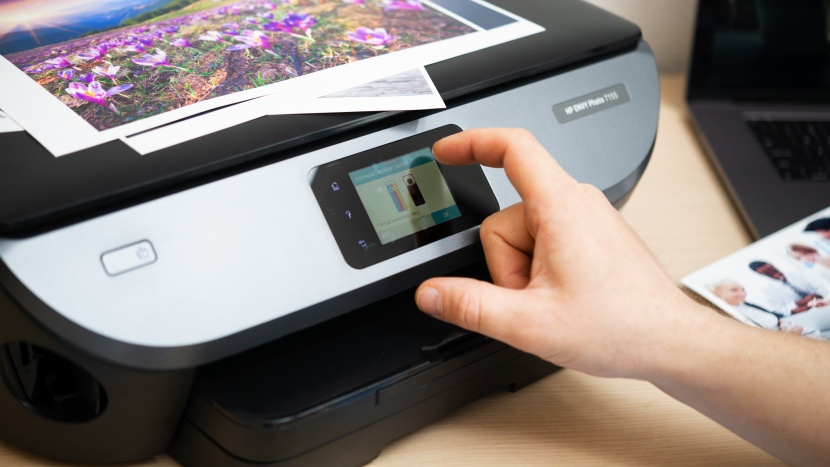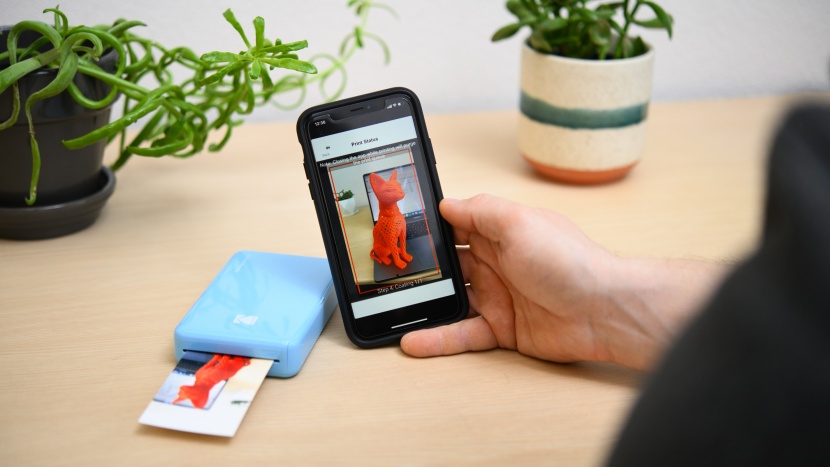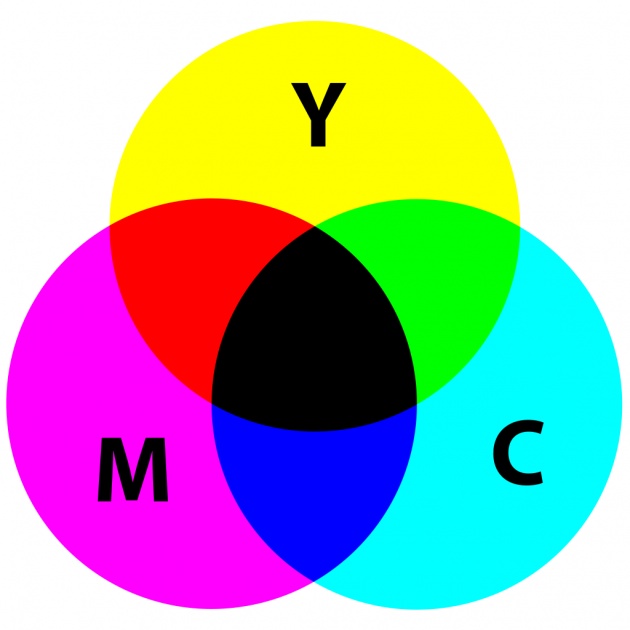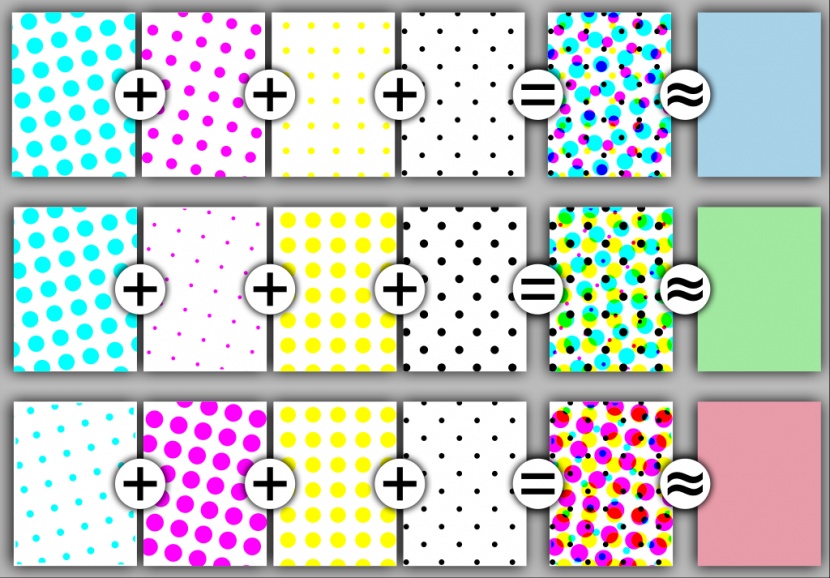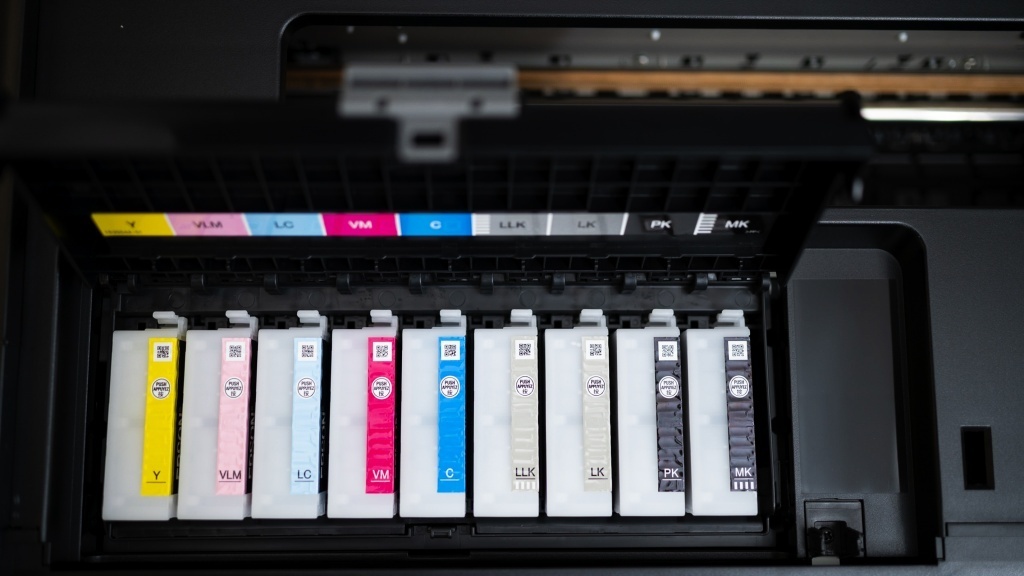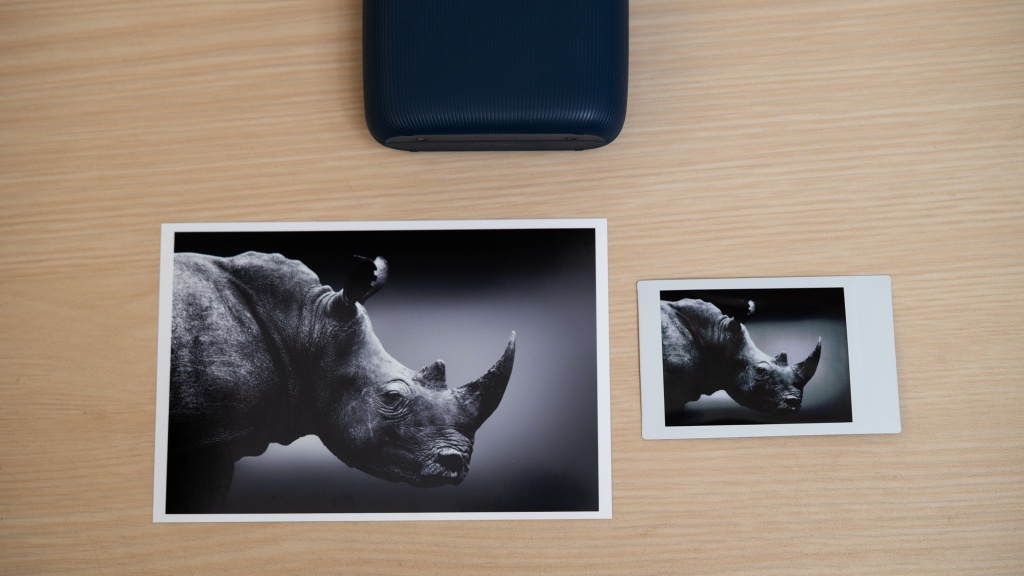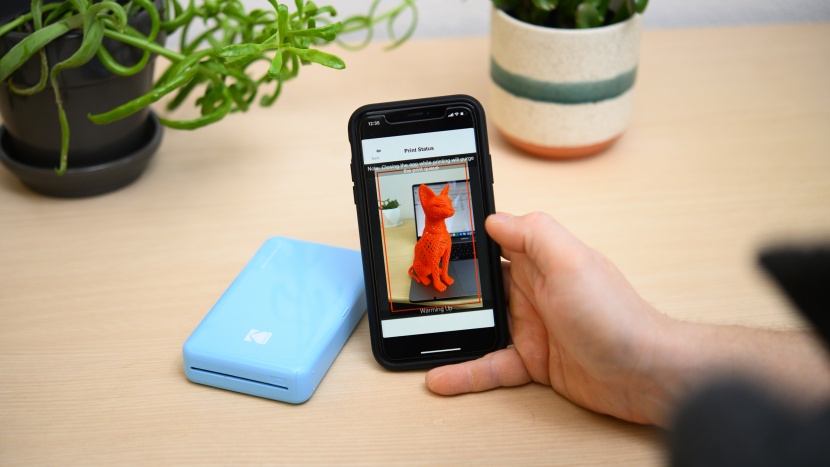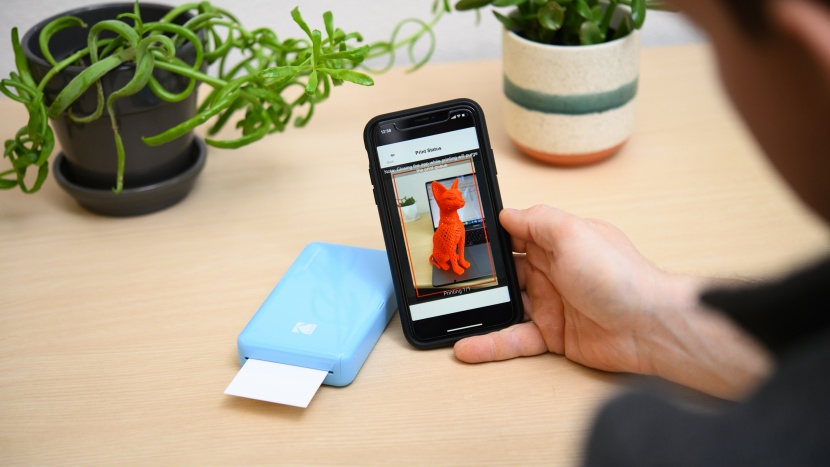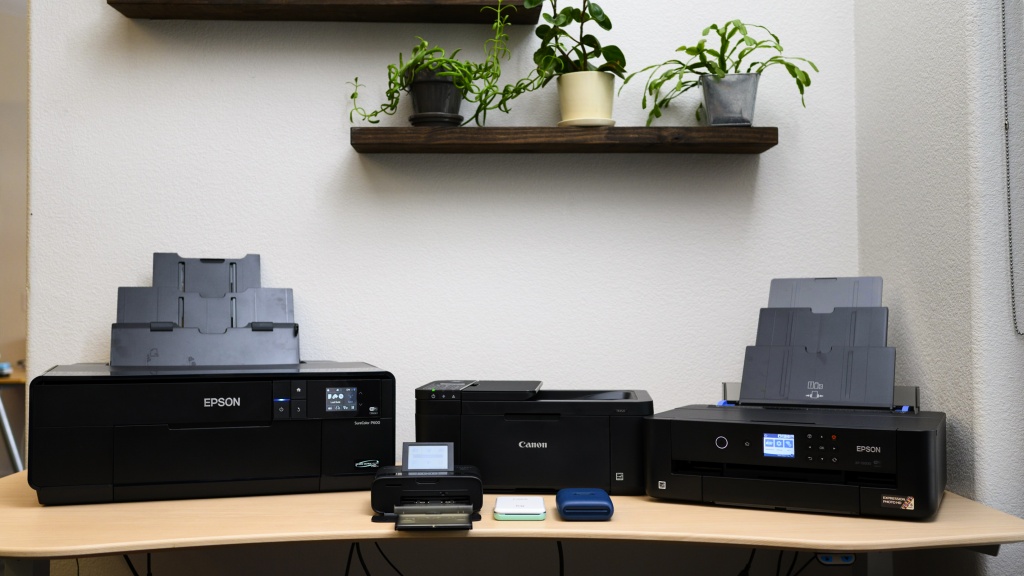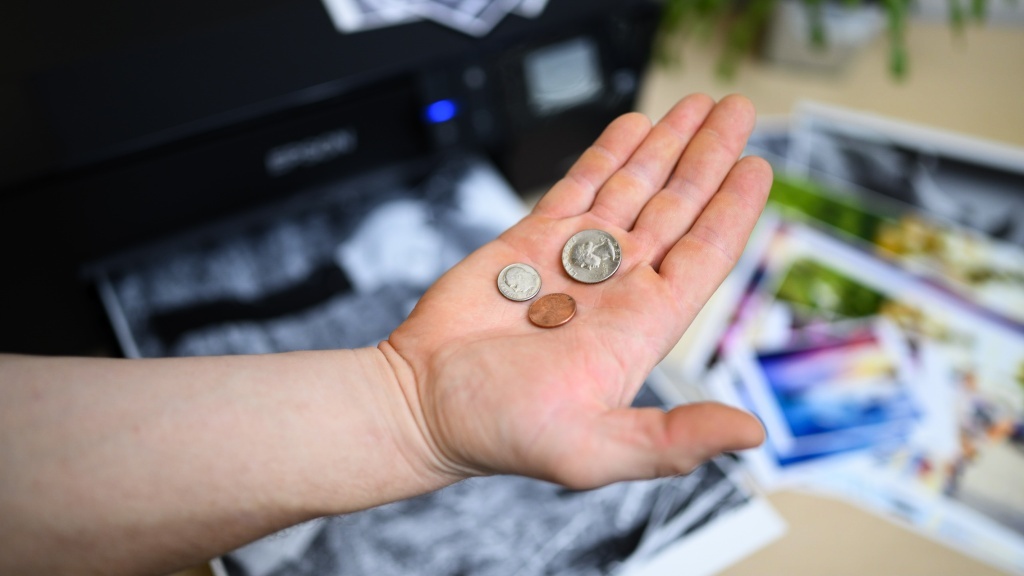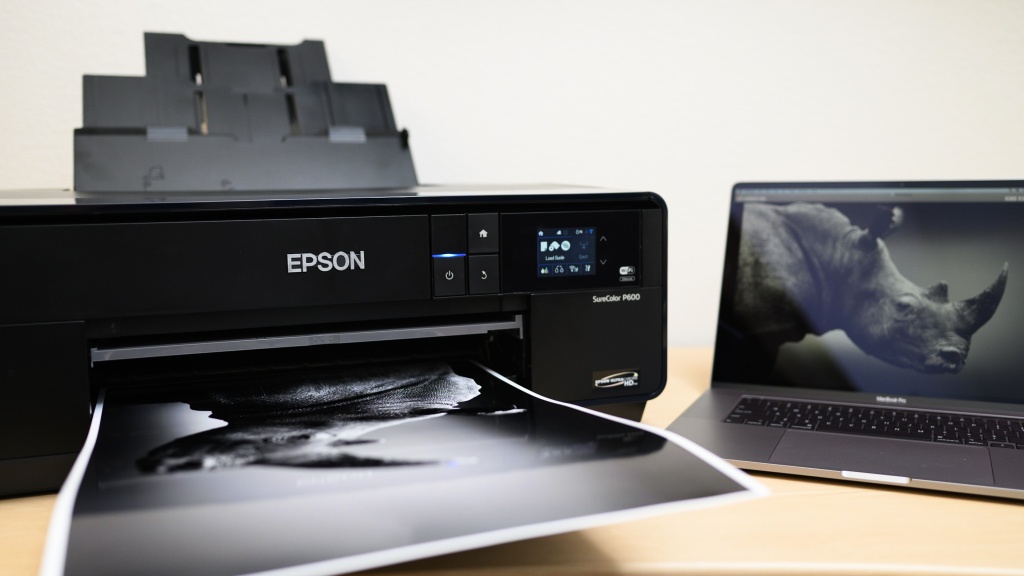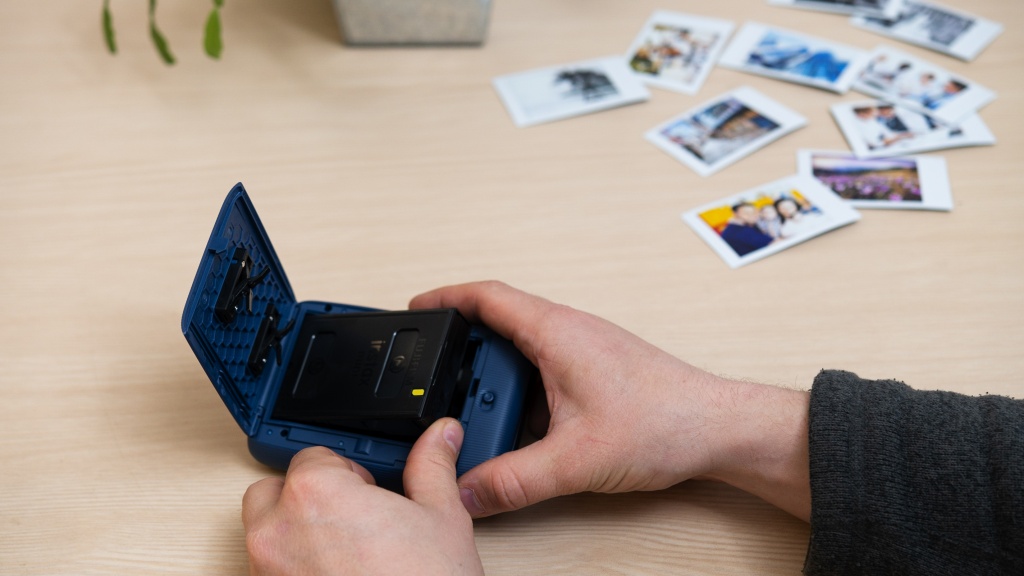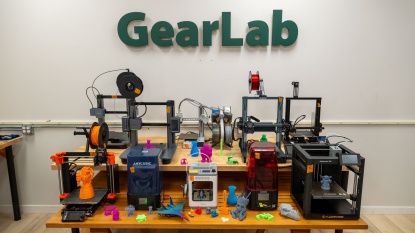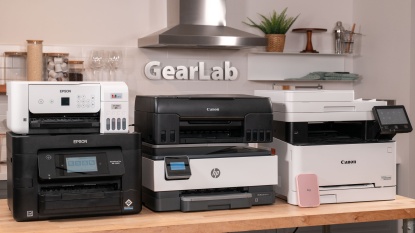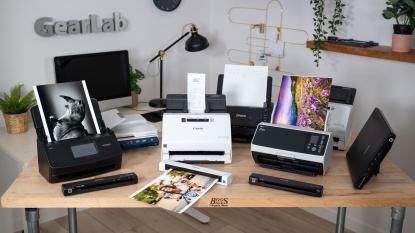Are you tired of mediocre prints from professional photo labs? Are you ready to step up your photography game and start doing your own printing? We're here to help. Having done a ton of research on photo printers, we know how tough it can be to decipher all the marketing claims about dpi resolution, printer heads, and ink palettes. We've bought and comparatively tested printers covering a wide range of applications ranging from on-the-fly instant printing to high-resolution panoramics. With this wealth of knowledge, we will guide you through all the pre-purchase considerations that will eliminate frustrations and return shipping costs.
Background
Photo printing had come a long way since 1900 when Eastman Kodak released their Brownie cardboard box camera that required the whole machine to be mailed back to the manufacturer for film processing. Nowadays, the power to yield high-quality prints at home has been made available to the masses. Additionally, portable printers have rekindled the excitement of Polaroid instant film and brought millions of images locked up in digital devices out into the real world. However, the sheer number of machines on the market, and the rate of technical innovation, have made selection of a printer all the more difficult. Until now.
We have front-loaded this article with this information for those of you who want to get into the weeds of printer technology and vocabulary. It's a bit wonky, but it will clear up the issues faced when selecting a photo printer. For those of you that wanted to be printing photos yesterday and just want to know how to pick a photo printer, proceed directly to Step 1 of the buying advice below.
Printers Types and Technologies
There are two types of printers most commonly used for personal photo printing today. These are inkjet and instant film. We will begin with the inkjet printers because they are way more complicated.
Inkjet Printers
Inkjet printing has been around for over a half-century and uses the simple system of dripping dots of ink onto paper or a similar medium to create, in this case, an image. The concept is much like an eyedropper where the reservoir is pressurized and a droplet forms at the nozzle. However, there are hundreds, if not thousands, of droppers in an inkjet printer head, and the ink drop is a great deal smaller and more uniform. The uniformity comes from how the ink drop is actuated. The processes used gives the two types of inkjet printers their name.
Thermal Dot on Demand (DOD):
Thermal DOD printers rapidly heat and thus, vaporize a small portion of the ink in the reservoir above each nozzle in the printer head. This state change increases pressure, and a drop of ink is forced out of the nozzle. This simple system allows for more nozzles per head and cheaper manufacturing. However, thermal DOD systems can only produce two drop sizes (an issue we'll discuss below). The types of inks that work in a thermal system are limited to those that will vaporize easily. Moreover, the heat limits runtime and requires more maintenance.
Piezoelectric Dot on Demand (DOD):
As piezo printers, these machines use an electric pulse that causes the namesake piezoelectric material to change shape predictably. This action decreases the reservoir volume and forces a drop of ink out of the nozzle. You can control the amount the piezoelectric material bulges into the reservoir, and thus, you can vary the ink dot size. The lack of a heating element also means that the printer runs cooler, allowing for longer run times and less maintenance. Additionally, there are more ink options available to these printers because the ink doesn't have to be vaporized. However, these machines are generally more expensive and have fewer nozzles per printer head.
Mini Printers/ Instant Film Printers
Mini printers use instant film, commonly referred to as Polaroid film. The paper itself contains all the dye needed to produce the image. The printer activates the dye either with a thermal stimulus, as with Zink paper, or with OLED light, as is the case with Fujifilm's Instax paper. Kodak's All-In-One paper uses a dye-sublimation process that is similarly heat-activated. While we could go into all the details of this cool technology, the important takeaway is that these printers require no maintenance, no ink, and use only the proprietary paper with fixed dimensions.
Ink
As the mini printers do not have ink, we will focus our attention on inkjet printers. The two main types of ink that inkjet printers use for photo printing are pigment and dye-based. While the difference between the two outcomes was significant in previous generations, contemporary ink technology has significantly narrowed the gap.
Pigment-based:This ink comprises fine particles (pigments) suspended in a fluid (typically water). The fluid allows the pigments to move through the nozzle and onto the paper. As the fluid evaporates, the pigment is left in a uniform film bonded with the microscopic features on the paper surface. Traditionally, this bonding resulted in greater stability of the image over time. This ink is also resistant to UV degradation and water damage. However, the ink lacked the color depth enjoyed by its dye-based counterpart.
Dye-based:As the name implies, dye-based inks are comprised of a dye that is fully dissolved in water. Unlike the pigment inks that coat the paper they are dropped onto, the dye-based ink is absorbed into the paper fibers. Traditionally, this ink was much cheaper to manufacture and offered a greater depth of color. However, the images produced were susceptible to UV damage, water damage, and color shifts that resulted in a shorter life.
As we have said, these ink-type distinctions are not as concrete as they once were. Some printers make use of both ink types. Having compared these inks with identical images, it is very difficult to tell the difference between them when the other high-quality printing elements are satisfied.
CMYK Color Model, Halftoning, and Registration
Printers don't simply print the colors captured in an image onto paper. That would require a lot of ink, considering that the human eye can perceive millions of shades of color. One solution to this problem is to use a subtractive color model.
The CMYK (cyan, magenta, yellow, and key/ black) model is a common subtractive model which removes specific light wavelengths from a white background (blank photo paper) to produce a specified color. For example, removing the blue wavelength produces yellow. The resulting color will be black if you remove all the corresponding wavelengths to produce cyan, magenta, and yellow. However, this requires a lot of ink, so black is added to the model to lower the cost of printing.
While many colors can be created with the CMYK model, it would be limited if it were not for a halftoning printing technique. This technique uses a white background and ink dots of various sizes in various arrangements to produce a much richer color spectrum than what CMYK could produce alone. This relates to the discussion about limited ink dot sizes in thermal DOD printers.
While the subtractive color model and halftoning go a long way to produce rich images, the image would appear fuzzy if not for accurate registration of the various inks. Simply put, registration is a printer's ability to overlap colors on an image accurately. When properly executed, borders are crips and tonal transitions even.
Some printers use a greater palette than the colors in the CMYK model. The concept is the same, but the number of colors produced is much greater. In some cases, the additional ink can reduce ink use.
Why DPI Doesn't Matter as Much as It Seems
While dots per inch (dpi) are common specifications, their meaning is often cryptic. Take, for example, a printer that has the maximum print resolution listed as 2400 x 1200 dpi. That's weird. Why would there be more dots on the y-axis than the x? The only number that matters in this figure is the second number. Notice that the first number is divisible by the second. The printer heads can only print 1200 dpi or one dot every 1200th of an inch. However, the paper feed can move in half steps, allowing the manufacturer to claim a doubling of the dpi. Some high-end printers can move in quarter steps.
This raises another issue. 1200 dpi doesn't mean that a printer places a dot every 1200th of an inch. That would be a mess. This means that there are 1200 places where the printer can place a dot, a benefit to halftoning and border definition.
This brings us to the next important misconception about dpi, when it comes to photos, the human eye can't distinguish much beyond 300 dpi. There are exceptions, such as for printing text or black and white graphics with straight lines, but even in these cases, 720 dpi is more than adequate. Very few printers resolve images lower than 300 dpi these days.
Okay, that about wraps it up on the technical details of printers. Let's dive into the process of printer selection.
Step 1: What Kind of Prints Do You Want to Render?
There are three general categories that people wanting to print photos land into based on the printers available and their capabilities. On the most basic level are the mini printers. These machines use instant film — just like the old Polaroid cameras — that comes in a single size around 2" x 4". These printers will appeal to those that want instant gratification and are willing to sacrifice photo quality and size selection for convenience.
On the other end of the spectrum are the professional-quality desktop printers. These machines offer users a wide range of choices in print medium ranging from glossy 4" x 6" paper to 13" x 19" artboards, canvas, and more. Some of these printers use roll paper making panoramic printing possible. Additionally, these machines often have an expanded color palette rendering a richer color spectrum and precision hardware that yields greater definition and consistency.
Falling in the middle are the mid-size printers that will appeal to those who like taking pictures, but wouldn't call themselves photographers. These models have a decent color palette, they cover the common print sizes and paper types, and they'll render quality photos to most people's eyes. For those that want to try their hand at photo printing but don't want to go the whole hog on the high-end printers, these machines are for you.
Step 2: What's my Budget
There are two costs to consider when thinking about photo printers. First is the up-front cost or the price one pays at checkout. The second cost is the price one pays to produce a photo, which combines the price of the paper and the ink.
The mini printers have the lowest up-front cost, to be sure. However, the cost per print is higher than all the other printers when adjusted for size. Full-size printers have, by comparison, an astronomical upfront cost. Yet, if you are printing photos frequently, these machines are more economical in the long run. Plus, they have less tangible value of higher quality outcomes and fewer restrictions. However, if you're not keen on these subtleties or you're not going to be printing on the regular, then the steep initial cost of a high-end machine probably won't pay off.
As was discussed in step 1, the mid-size printers offer a nice balance for those that don't want a toy printer but are not going to print frequently and are not ready to spend several hundred dollars on a top-of-the-line machine. The up-front cost for one of these machines is lower than the full-sized machines and, in some cases, quite close to the cost of a mini printer. However, the cost per print varies a good deal from one machine to the next. So, one must pay attention to this figure if they will print photos frequently.
As a final consideration, we looked at a leading national printing lab's cost per 4" x 6" color print and compared it to the machines in our review. At $0.33 per print and no up-front cost, the photo lab is significantly cheaper than printing at home. The images were noticeably lower quality than the mid-sized machines, to say nothing of the full-sized models. However, it's worth thinking about if you don't know how much you would use a printer.
Step 3: Set-up, Maintenance and Waste
Set-up is straightforward for these machines, with a few exceptions. The mini printers are far and away the easiest to get working. You simply download the appropriate app to your phone, connect to the printer via Bluetooth, give the app access to your photos and camera and start printing. The machines that posed the most problems were those with drivers that needed to be installed on a computer and lacked an LCD interface on the printer to guide the set-up. Yet, even with the complex machines, this is a one-time task that won't likely be repeated unless you get a new computer.
On the other hand, maintenance is a real concern with printers, especially if you are not frequently printing photos. Why might that be? Well, if you're using a product regularly, and it needs maintenance, then that is to be expected and can be tolerated. However, if you are using the machine irregularly and it requires maintenance, then that's just a pain — both in the butt and the wallet.
The mid- and full-sized printers require regular use to prevent the print heads from clogging. It is recommended that you print at least once a week to keep the printer heads moist and the nozzles free-flowing. If the heads clog, you will have to clean or even replace them. Additionally, ink cartridges have a limited life span as they dry up over time. That's wasteful and expensive.
Mini printers do not burden users with these problems. The printer has no printer heads to clog and no ink to clog them. The battery needs to be charged, and you must replace the paper. That's it. However, some instant printer papers come in heavy plastic cartridges that are not reusable and quite wasteful.
Conclusion
There are several types of printers to choose from depending on the kind of photos you want to produce. If you want convenience, then look no further than the mini printers or the best instant cameras. However, if you crave quality and creative options, then the mid to full-size printers that you seek. There is also cost to consider, and there is more than one way to evaluate it. One is the cost per print, another is the up-front cost, and finally, the perceived quality of the prints produced. While it may seem complicated, with the info provided above, the path to balance all these factors should be well laid out. So, here's to saying cheese and getting your photos into the hands of loved ones.

